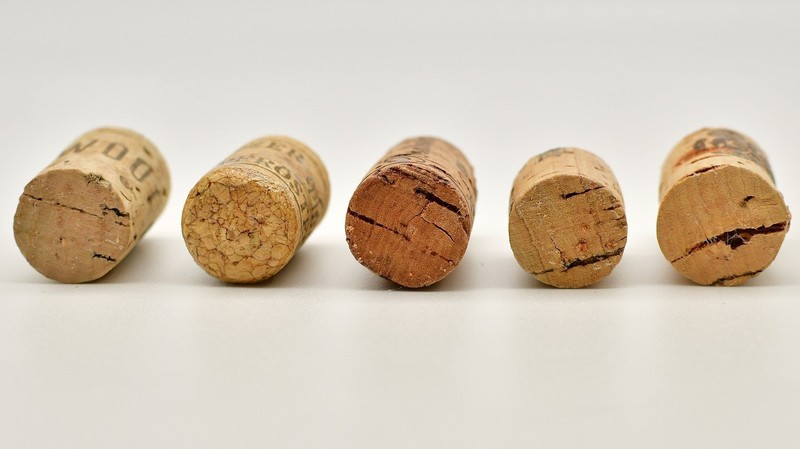The influence of cork on wine
03/12/2020In the production of a wine, there are many factors to take into account that directly affect the quality and character of it, and cork is certainly a key element and identifier of the wine. But why?
The main function of this element is preservation since this material allows the needed micro-oxygenation of the wine and prevents unpleasant aromas are created. In addition, it protects it against microorganisms such as bacteria or mold.
For this reason, wine bottles should be kept horizontally, so that the wine moistens the cork and prevents air from passing through.
History of cork for wine
In Greece during the 5th century B.C., cork is already used as a material for the manufacture of all kinds of closures for containers. Around the 17th century, with the development and proliferation of the use of glass in the manufacture of bottles, cork was adopted as a standard measure for the closure of these containers.
Types of corks for wine
It is a natural material since the cork leaves the cork oak and it is not necessary to cut down the tree to obtain it: it is about separating its bark. In addition, it is completely biodegradable, renewable and recyclable.
The standard stopper used for wine is cylindrical, 24 mm in diameter, but there are many types, depending on the type of wine they contain. Below we will see some of them depending on the material used.
Natural: they are extracted from a single strip of cork and guarantee adequate sealing and conservation.
Natural multi-pieces: they are made from two or more pasted natural cork halves, with a higher density and are used in large format bottles.
Agglomerated: manufactured from cork granulates with unusable materials from the production of natural stoppers. This type of cork is used for high rotation wines that are consumed in a period of less than 12 months, that is, young wines or short breeds.
Cava and sparkling wines: they have a larger diameter than normal stoppers to withstand the high pressures in the sparkling wine bottles. They are aimed at all sparkling wines, cavas, ciders and champagne.
Synthetic: The synthetic stoppers completely seal the bottles and are suitable for those wines that do not need to evolve once bottled.
Cap: they favor the development of fruity aromas in young wines but are not recommended for wines that require a period of time in bottle longer than 12 months, since they do not allow a correct aging.
Glass: These are unusual closures for wine bottles, but their use does not alter their taste or aroma.
Did you know that...?
The length of the cork for wine bottles depends on their youth and maturity. Thus, for young wines, shorter cork stoppers are used and for older wines, a longer cork.


 Español
Español